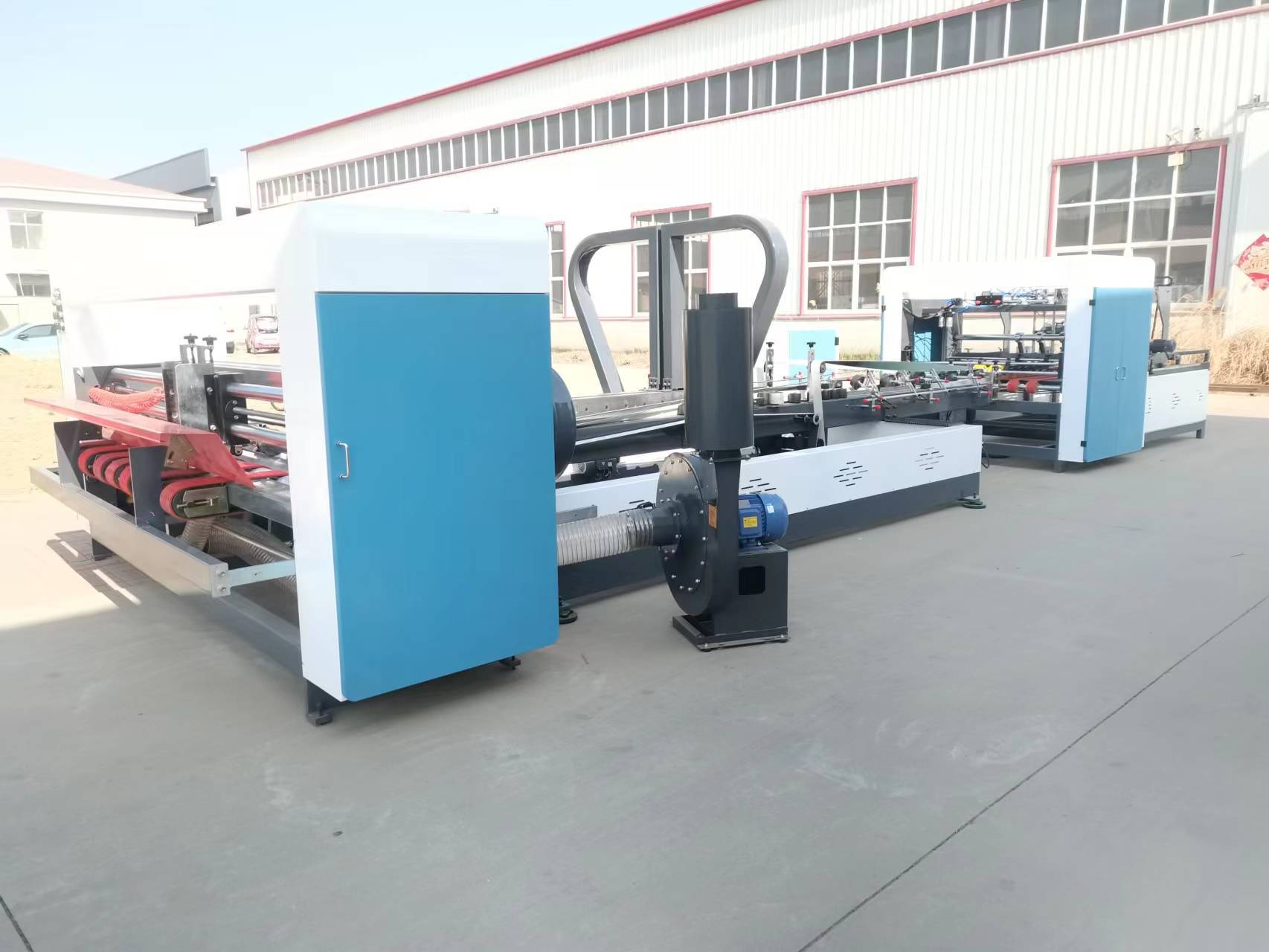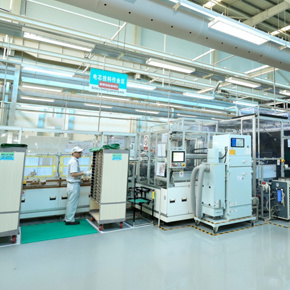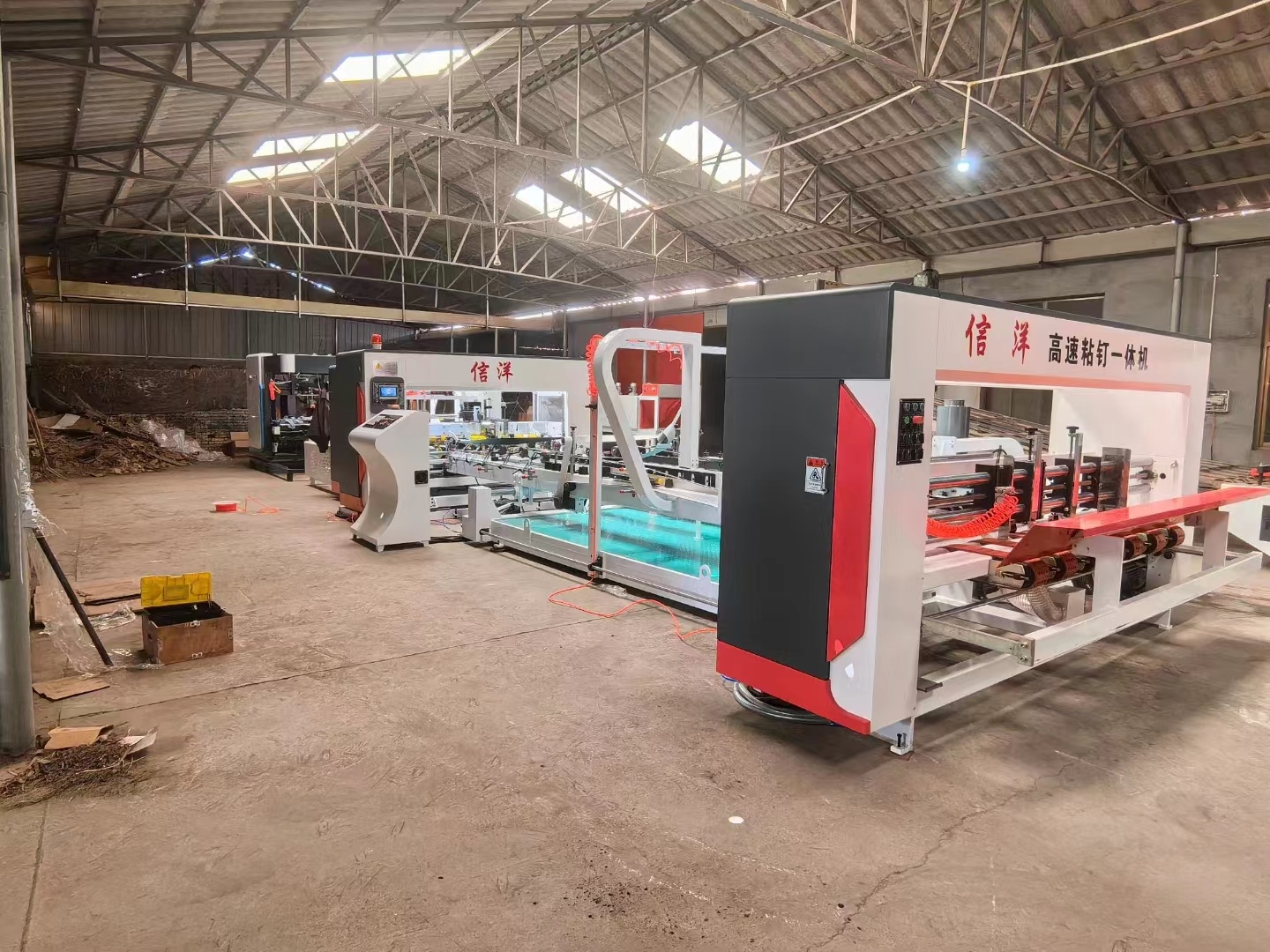Comparing Manual vs. Automatic Corrugated Box Packing: Which is Better?
Time:
Mar 27,2025
Comparing Manual vs. Automatic Corrugated Box Packing: Which is Better?
Table of Contents
1. Introduction to Corrugated Box Packing
2. Understanding Manual Corrugated Box Packing
2.1 Advantages of Manual Box Packing
2.2 Disadvantages of Manual Box Packing
3. Exploring Automatic Corrugated Box Packing
3.1 Advantages of Automatic Box Packing
3.2 Disadvantages of Automatic Box Packing
4. Key Considerations in Choosing Between Manual and Automatic Packing
4.1 Cost Efficiency
4.2 Labor Requirements
4.3 Speed and Scalability
4.4 Quality Control
5. Industry Applications for Each Packing Method
6. Future Trends in Box Packing Technology
7. Frequently Asked Questions
8. Conclusion
1. Introduction to Corrugated Box Packing
In today’s competitive packaging industry, choosing the right method for corrugated box packing is crucial for businesses. Whether you are a small startup or a large-scale enterprise, the effectiveness of your packing process can significantly impact your bottom line. The two primary methods of packing corrugated boxes are manual and automatic. This article examines both methods, comparing their pros and cons to help you determine which is better suited for your specific needs.
2. Understanding Manual Corrugated Box Packing
Manual packing involves human operators using their hands to pack products into corrugated boxes. While labor-intensive, this method offers unique advantages and drawbacks.
2.1 Advantages of Manual Box Packing
**Flexibility** is one of the greatest advantages of manual box packing. Workers can easily adapt to different box sizes and product types. This adaptability is particularly beneficial for businesses with diverse product offerings or variable order sizes. Furthermore, manual packing often requires **lower upfront investment**, as it typically does not necessitate expensive machinery.
2.2 Disadvantages of Manual Box Packing
Despite its advantages, manual packing has notable downsides. **Labor costs** can accumulate significantly, especially if businesses need to hire and train multiple workers. Additionally, the **risk of human error** is higher, leading to inconsistencies in packing quality. Over time, reliance on manual labor can hinder scalability, making it difficult to meet increasing demand.
3. Exploring Automatic Corrugated Box Packing
Automatic packing employs advanced machines to streamline the packaging process, significantly enhancing efficiency.
3.1 Advantages of Automatic Box Packing
Automatic packing systems offer tremendous **speed and consistency**. Machines can pack boxes at a much faster rate than human workers, reducing overall operational time. Additionally, automation minimizes **human error**, ensuring uniformity in packaging quality. This method also enhances **labor efficiency**, as fewer workers are required to manage the packing process.
3.2 Disadvantages of Automatic Box Packing
On the downside, automatic packing systems come with a **high initial investment cost**. Machinery can be expensive to purchase and maintain. Moreover, businesses may face challenges in adjusting the machinery for different box sizes or products, thereby reducing their **flexibility**. Dependence on machines can also lead to **downtime** if a machine malfunctions, potentially disrupting production schedules.
4. Key Considerations in Choosing Between Manual and Automatic Packing
When deciding between manual and automatic corrugated box packing, several factors must be considered.
4.1 Cost Efficiency
Understanding the **total cost of ownership** for each method is essential. While manual packing may have lower initial costs, ongoing labor expenses can accumulate. In contrast, while automatic systems require significant upfront investment, the potential for long-term savings in labor and increased packing speed can justify the initial costs.
4.2 Labor Requirements
Consider the availability of skilled labor in your area. Manual packing relies heavily on human resources, which can be a limiting factor in regions with labor shortages. Automatic systems can alleviate labor demands but may require skilled technicians for maintenance.
4.3 Speed and Scalability
For businesses experiencing rapid growth, scalability is critical. Automatic packing systems can easily be scaled to meet increasing demand, while manual systems may struggle to keep pace with higher order volumes.
4.4 Quality Control
Quality control is paramount in packaging. Automation generally provides more consistent results due to programmed precision, while manual packing may lead to variability, especially in high-pressure environments.
5. Industry Applications for Each Packing Method
Different industries may favor one packing method over the other based on their unique needs.
**Manual packing** is often preferred in sectors with highly specialized products, such as artisanal goods or small-scale manufacturing. In contrast, **automatic packing** is advantageous for industries requiring high throughput, such as food and beverage, e-commerce, and electronics manufacturing.
6. Future Trends in Box Packing Technology
The packaging industry is evolving rapidly, with innovations continually reshaping how we approach corrugated box packing. Emerging technologies like robotics, artificial intelligence, and the Internet of Things (IoT) are making automatic packing systems smarter and more efficient. The integration of systems that allow real-time monitoring of packing processes is also on the rise, enabling businesses to optimize their operations further.
7. Frequently Asked Questions
**Q1: What materials are typically used in corrugated box packing?**
A1: Corrugated boxes are usually made from recycled paper, which is both sustainable and cost-effective. The material is lightweight yet robust, making it ideal for shipping.
**Q2: Can manual packing be automated?**
A2: Yes, many manual packing processes can be enhanced with automation, such as semi-automated systems that assist workers in packing without fully replacing them.
**Q3: How do I determine the best packing method for my business?**
A3: Evaluate your order volume, product types, and budget to find the method that aligns with your operational goals.
**Q4: Are there hybrid packing solutions available?**
A4: Yes, many businesses utilize a combination of manual and automatic packing to balance flexibility and efficiency.
**Q5: What are the maintenance requirements for automatic packing machines?**
A5: Regular maintenance is necessary to ensure optimal performance. This includes routine checks, cleaning, and timely repairs to prevent downtime.
8. Conclusion
In conclusion, choosing between manual and automatic corrugated box packing depends on various factors, including your business's scale, product type, and budget. Manual packing offers flexibility and lower initial costs, while automatic packing provides speed and consistency. By thoroughly evaluating your specific needs and considering the key factors outlined in this article, you can make an informed decision that enhances your packaging process and contributes to your overall operational efficiency. Making the right choice today will pave the way for your future success in the competitive packaging landscape.
RELATED NEWS





